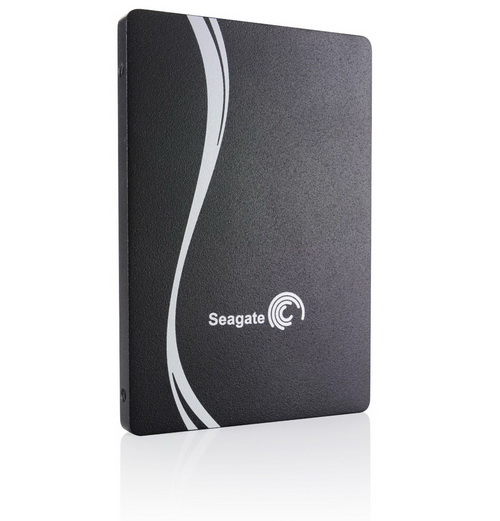INTRODUCTION

Although hard disk drives (or mechanical drives as some call them) have been around for many decades and names such as Seagate, Western Digital, HGST (Former Hitachi GST) and Toshiba have been tied to them only recently did they all of them decide to turn their focus to the manufacturing of solid state drives. Now this is somewhat strange since when the first consumer oriented SSDs started to appear roughly 5 years ago they were manufactured by companies that had nothing to do with storage media prior and although many of us in the industry hoped for the above companies to make a move and take the market by surprise none of them did. Seagate was the first to release an HDD/SSD hybrid with their Momentus XT 2.5" drives along with a couple of enterprise oriented SSD models but that was just about it and so my guess is that they all stayed out of the game not only to see how SSDs would fair in the market (just to be on the safe side of things) but also for prices to drop at acceptable levels. Well Seagate is back again with their first consumer oriented solid state drive model the 600 SSD and today with us we have the 240GB variant.
Founded in 1979, Seagate is the leading provider of hard drives and storage solutions. From the videos, music and documents we share with friends and family on social networks, to servers that form the backbone of enterprise data centers and cloud-based computing, to desktop and notebook computers that fuel our personal productivity, Seagate products help more people store, share and protect their valuable digital content. Seagate offers the industry’s broadest portfolio of hard disk drives, solid-state drives and solid-state hybrid drives. In addition, the company offers an extensive line of retail storage products for consumers and small businesses, along with data-recovery services for any brand of hard drive and digital media type. Seagate employs more than 50,000 people around the world.
The SATA III compatible 600 SSD series by Seagate is aimed towards consumers who want to update their laptop drive and is available in three model capacities 120GB, 240GB and 480GB (that however doesn't mean it's not suited for desktop use). For the more demanding enterprise users Seagate manufactures both the SATA III compatible 600 Pro SSD series (100/120/200/240/400/480GB) and the ultra-high end SAS 12Gb/s compatible 1200 SSD series (200/400/800GB). This is one of the very few occasions that we've seen a manufacturer release not one but three SSD models at the same time targeted towards difference segments of the market so i consider having the option to choose the right solution for you to be a very good thing for users both regular and enterprise ones. However contrary to most SSD manufacturers Seagate took a whole different path and so instead for opting for one of the industry’s leading SSD controllers from SandForce/LSI, Indillinx/OCZ and Marvell they chose to go with the LM87800 controller by LinkAMedia a company which is not very popular with SSD manufacturers (Perhaps SK Hynix can change that now that they have taken over). Specs-wise the LM87800 controller has 8-channel architecture and incorporates the eBoost technology which according to LinkAMedia improves drive endurance via "adaptive signal estimation techniques" and is also used for error correction purposes. The downside with the LM87800 controller is that it seems to lack AES hardware encryption (the manufacturer claims it's capable of AES hardware encryption but so far neither Corsair nor Seagate are making use of it) and although that's not a feature regular consumers need still it's something we'd like to see. Anyways let's see exactly how good the first consumer oriented SSD by Seagate fairs against its immediate competition shall we?

 O-Sense
O-Sense







.png)

